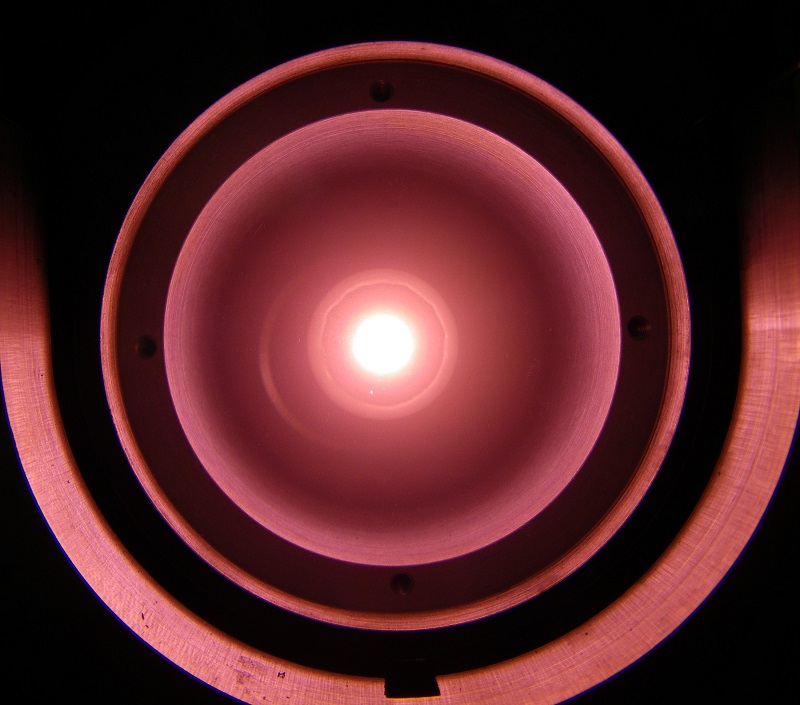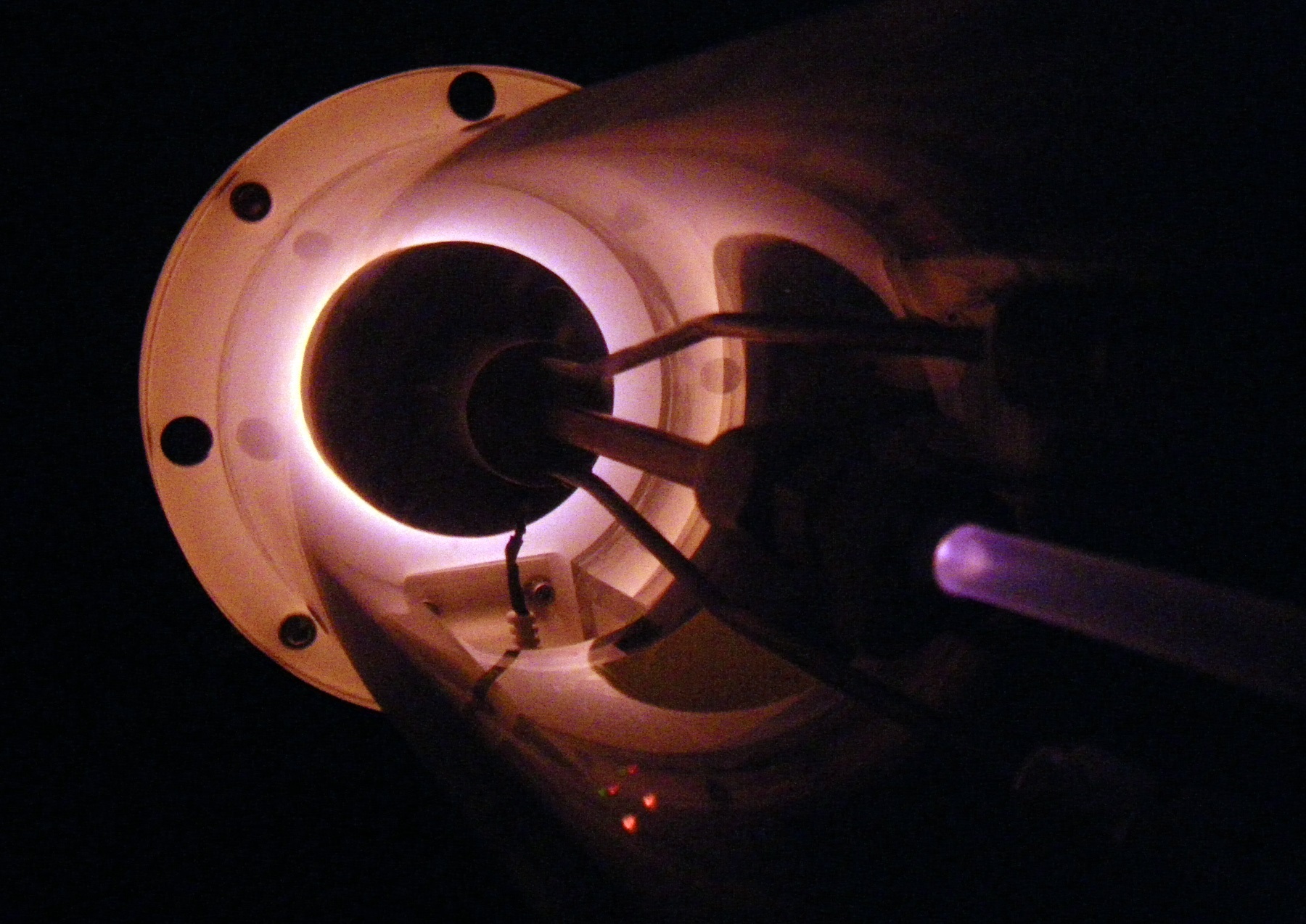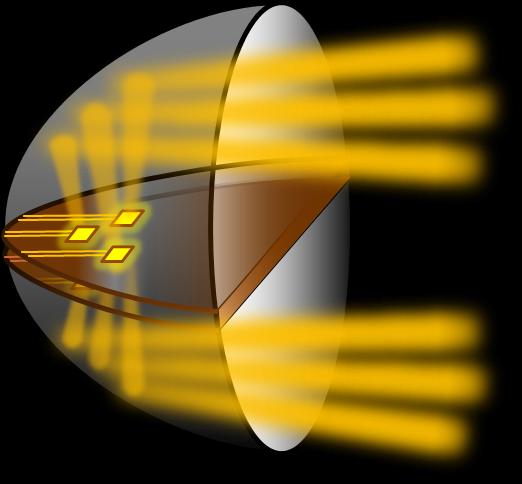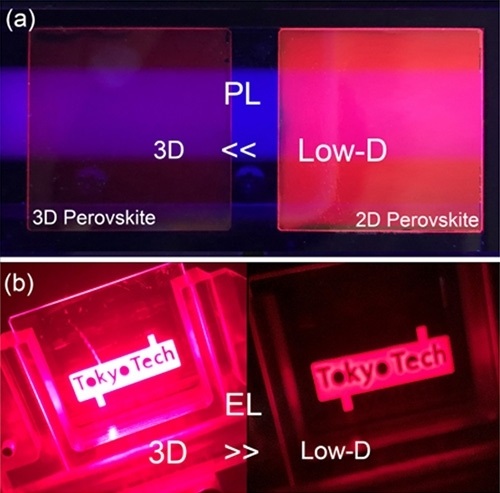Chelmsford, MA, August 1, 2017 – McPherson is pleased to announce new and improved stability with flow controlled McPherson windowless, hollow cathode UV lamp Model 629. This broad‐spectrum source emits ionized gas emission lines with little or no absorption by neutral gas. Computer controlled gas flow and constant current power supply improve stability for better spectroscopy.
The Model 629 hollow cathode UV lamp produces excited atoms and ions. These emit electromagnetic radiation at wavelengths characteristic of the gas flowing through the system. It is similar to inductively coupled plasma (ICP) atomic emission spectroscopy systems. Mirrors can reflect the light to an analytical optical system, a spectrometer or spectrophotometer. Since there is no limiting window, this UV source works in the more energetic range of wavelengths from double ionized Helium at 30 nanometers up to the Visible light range (2 to 40 eV).
This windowless hollow cathode UV lamp is versatile; it can simultaneously introduce and ionize samples. Molecules of sample media are broken into charged ions after colliding with the electrons and charged ions in the lamps plasma. They emit radiation at characteristic ‘fingerprint’ wavelengths of the elements involved. The relative intensity of emission indicates concentration of an element within the sample. The McPherson Model 629 windowless discharge lamp operated with Helium as a carrier gas offers a low clean background.

Axial view of plasma
Where gaseous samples are encountered (semiconductor end‐point determination of CVD chamber cleaning) the process becomes more like atomic absorption spectroscopy (AAS). This determines chemistry by absorption of optical radiation (light) by free atoms in a gas. Hydrogen source gas provides a many lined, continuum emission spectrum useful for checking absorbance in the 90 to 160 nanometer range.
If you need specificity, combine the vacuum system with a monochromator like the McPherson Model 234/302. With sub nanometer spectral bandwidth, you can easily discriminate emission lines and reject out of band energy. McPherson high‐resolution vacuum scanning spectrometers monitor discrete emissions. CCD array based spectrometers with vacuum systems are useful for broad wavelength range detection.
The Model 629 windowless, hollow cathode source is useful for wavelength calibration and other experiments at emission wavelengths from double ionized Helium (30nm) and above. We will configure specific end‐point detection systems to suit.















